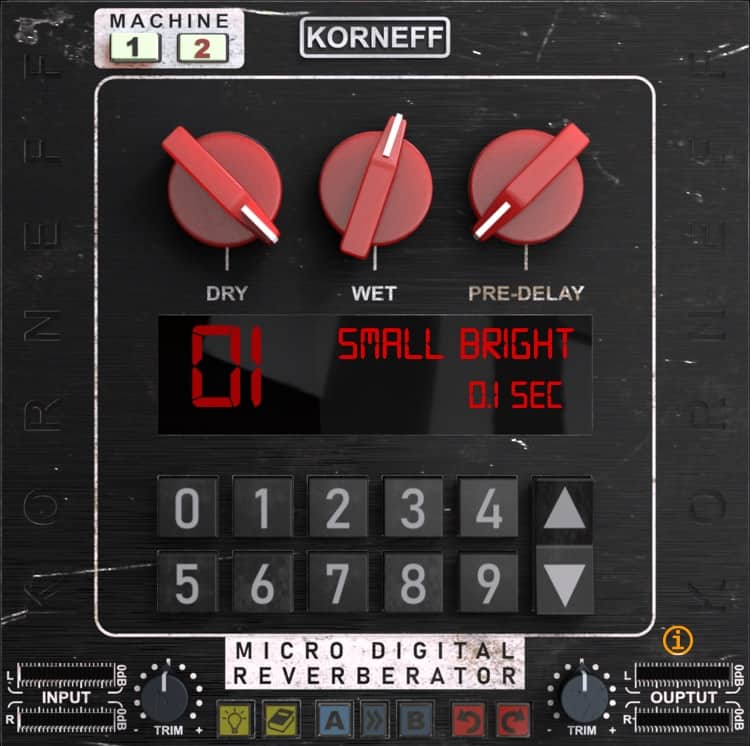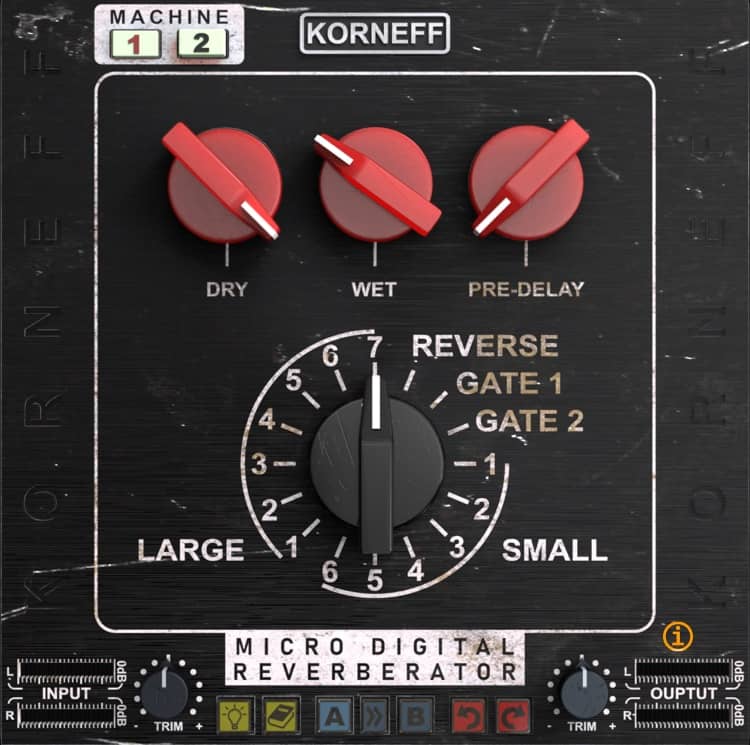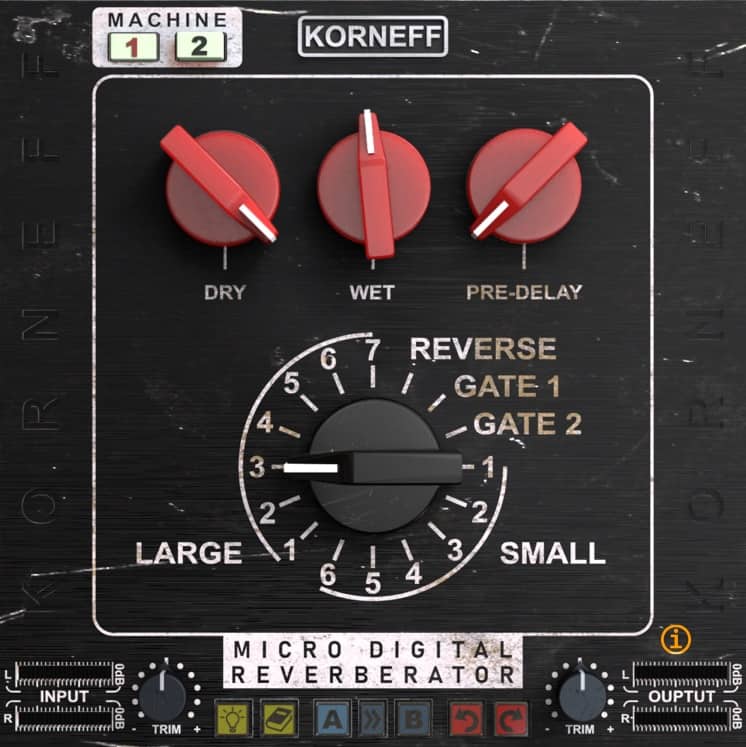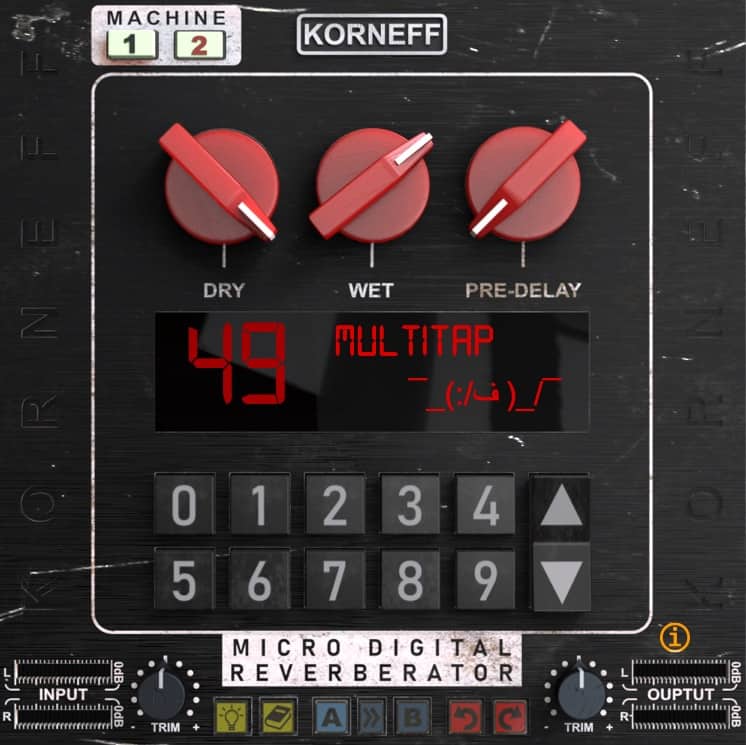Practical and Impractical Reverb
Thoughts on Reverb by Dan Korneff
Reverb is probably the most often used effect in modern recordings. When you think about it, the ability to transform the space in which our instruments exist with a couple clicks of a button is pretty mind blowing. As with any element in the recording process, the use (or misuse) of reverb is completely subjective, and your only limitation is your imagination.
In my world, reverb serves two completely different, and equally important purposes. The first use is a very practical approach. Whether you realize it or not, EVERYTHING you hear exists in some kind of space. When you’re having a conversation with someone, their voice sounds different in a hallway than it does in a closet. Even if the closet is really small, you still hear some type of ambiance. You not only hear the direct sound of a source, but you also experience the ambiance of the environment.
Since most modern engineers spend a good amount of time isolating instruments (close mics with tons of baffles) and removing the environment from their tracks (ever use a reflection filter on your vocal mic?), The very first thing I do, especially on vocals, is insert a reverb on the channel and create an ambient “space”. I’m not talking about slapping a 3 second reverb on everything. It’s going to be something short — 1 to 3 seconds. Just a touch of something to make the track sound like it’s not hovering in the center of an anechoic chamber. Since I’m trying to recreate a natural space, it only seems fitting to use a more “natural” sounding reverb. One of my favorite settings is the MDR Machine 2 on Preset 1. It’s small and bright, and a tiny bit just fits right in for me.

Give these shorter reverbs a try on some tracks. You might just be surprised by how quickly your mix starts becoming bigger and better sounding.
The second approach is way less practical, and a LOT more fun! I grew up in the 80’s, where EVERYTHING was bigger. It wasn’t just the size of your AquaNet-soaked hair at school, it was reverb too! Everything was drenched in it. You’d have to send a rescue dog on a daily basis to help find your favorite singer at the bottom of a well. Every snare sounded like a punching bag, exploding from the speakers. What's not fun about that??
The impractical use of unnatural sounding spaces can lead to some really unique sounds that are so odd you’ll want to hear them over and over again. Using a setting like Machine 1 – Large 7 on a sparse guitar performance, or a short percussive vocal hook might just be that over-the-top decay you need to make the track stand out. Exaggerate your snare with the exploding ambiance of Machine 1 – Large 3. Add a little texture to a vocal with Machine 2 – Program 49.



If you’ve been behind the console for 25 years like me, reverb is not a new concept. Using these units for their practical purpose can be a thankless job, but necessary to bring extra realism to your music. But don’t deny yourself the fun of creating wildly unnatural or super exaggerated moments in your tracks whenever you can. Reverb might just become fun again for you.

